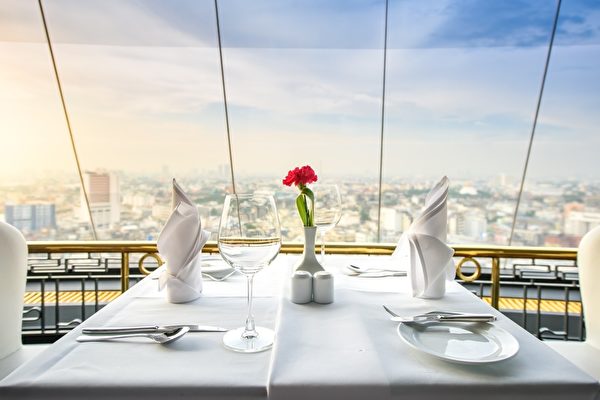Restaurants have various ways to make customers willingly empty their wallets. When people step into a restaurant, the music they hear, the menu they browse, and even the bill they receive might contain hidden “traps” to encourage spending. Let’s take a look at the clever tactics used by restaurants!
High-end restaurants focus on creating a dining atmosphere that allows customers to relax and enjoy the moment, leading them to purchase expensive wines or desserts. Therefore, the lighting and music in these establishments are typically cozy and soft. On the other hand, restaurants aiming for high turnover rates may opt for bright lights and fast-paced music to make customers feel rushed, subconsciously prompting them to finish their meals quickly and leave.
Having a drink at the bar while waiting for a table for the main meal can be beneficial for the restaurant. However, have you noticed that pre-dinner drinks can make you feel hungrier? The more you eat during the main course, the higher the total bill and tip amount.
When dining in an unfamiliar place, don’t forget to familiarize yourself with tipping etiquette. Some restaurants automatically include gratuity in the bill, but there is still an additional section for extra tips. The prompt for automatic gratuity may appear on the menu, and if you’re not careful, you might end up tipping twice.
Some restaurants entice diners by preparing food on-site, such as dim sum trolleys, fajitas, or sizzling steaks. Some restaurants even have open kitchens or waiters offering free samples and engaging in friendly conversations with customers. The aroma of food or social interactions can make it difficult for people to resist ordering.
Have you ever wondered what guides you to make a menu choice within minutes? In fact, there are many subtle features on the menu that influence customer behavior.
Generally, the more description a dish has on the menu, or if the dish name is encased in a box, the restaurant is intentionally indicating that these dishes are popular. Dish names often include emotional adjectives like traditional, locally sourced, handmade, or secret sauce, allowing customers to almost taste the flavor while reading the menu, thus encouraging orders.
The placement of dish names on the menu matters as well. Restaurants often position high-profit dishes at the top and bottom because, according to psychological studies, people tend to remember dishes in these locations and order them.
To draw attention to a particular dish, restaurants sometimes include a similar but higher-priced dish alongside it as a point of comparison. This way, customers perceive the cheaper dish as a good deal.
Just like retail stores strategically place chocolates and other beautifully packaged items near the checkout to encourage additional purchases, restaurants do the same. These tempting items are placed right in front of customers’ line of sight during payment, prompting many to impulsively buy them as gifts for friends or colleagues.
The desserts on the menu may look enticing. However, are they house-made or store-bought frozen goods? Some desserts that are time-consuming to prepare from scratch may lead restaurants to opt for frozen or semi-prepared products for convenience.

